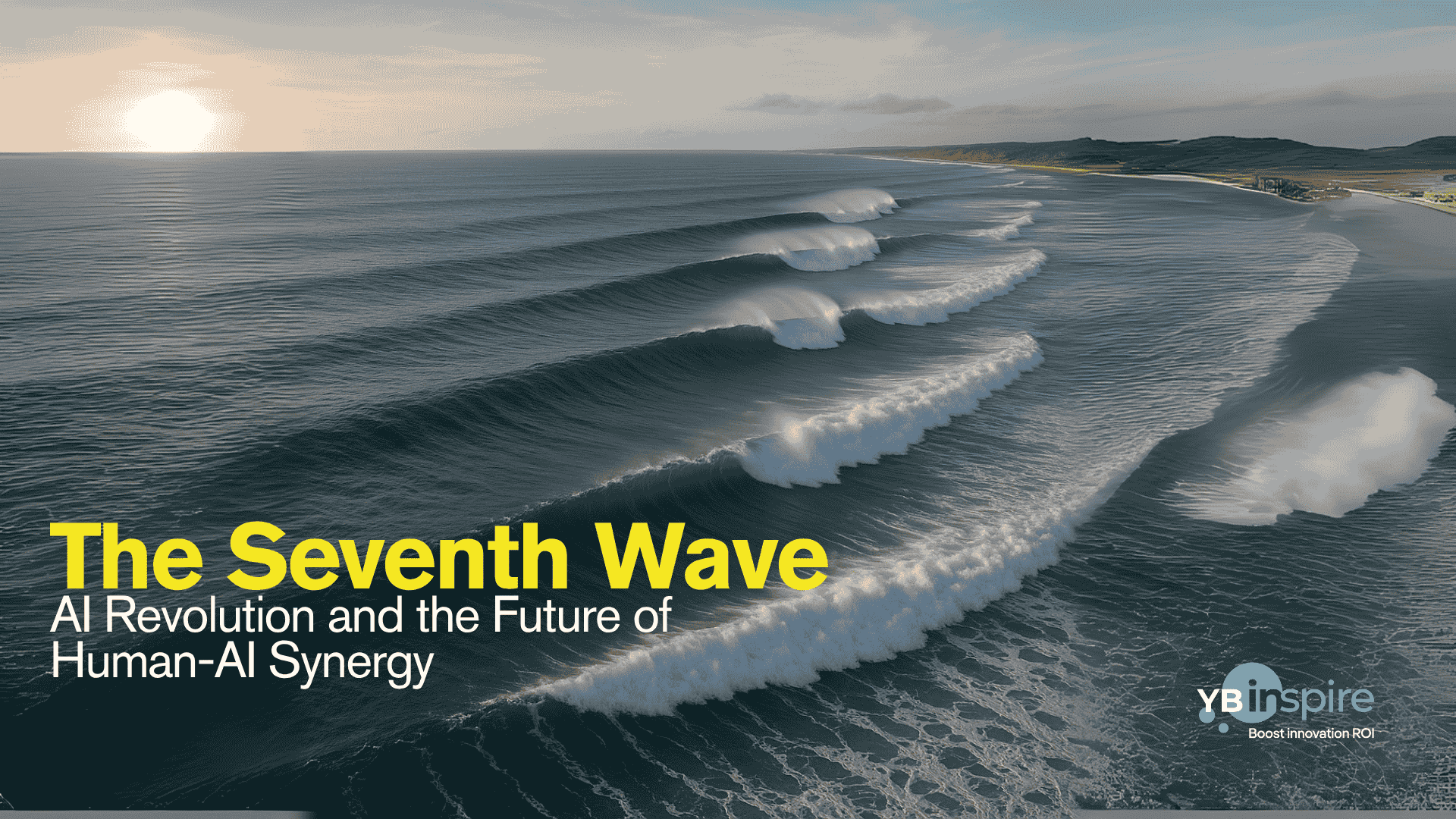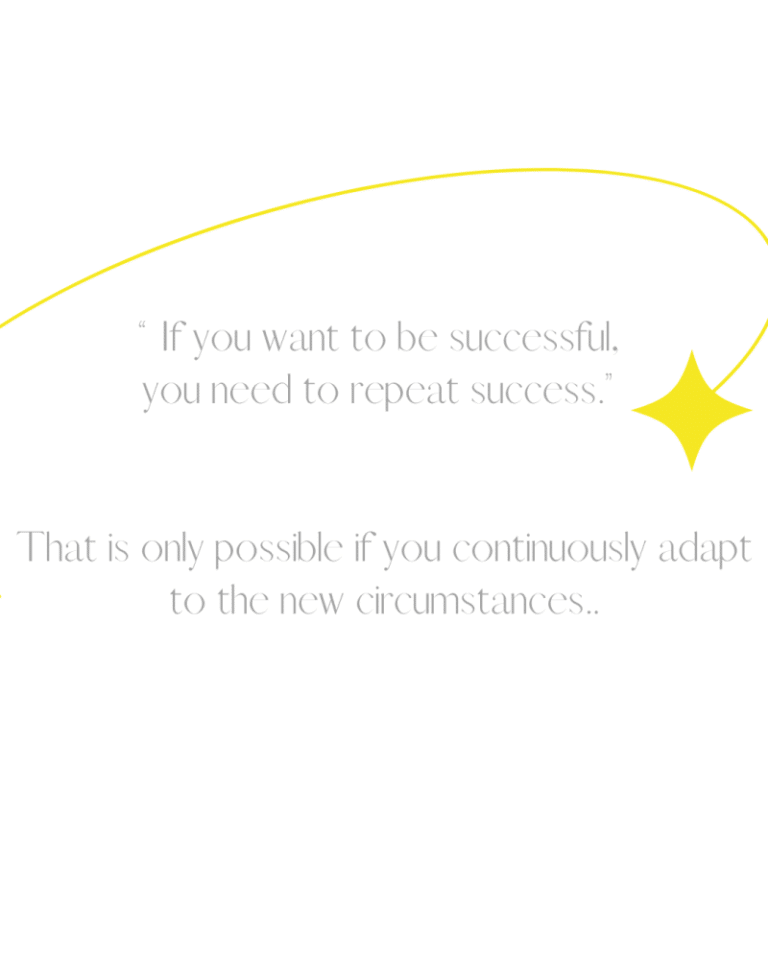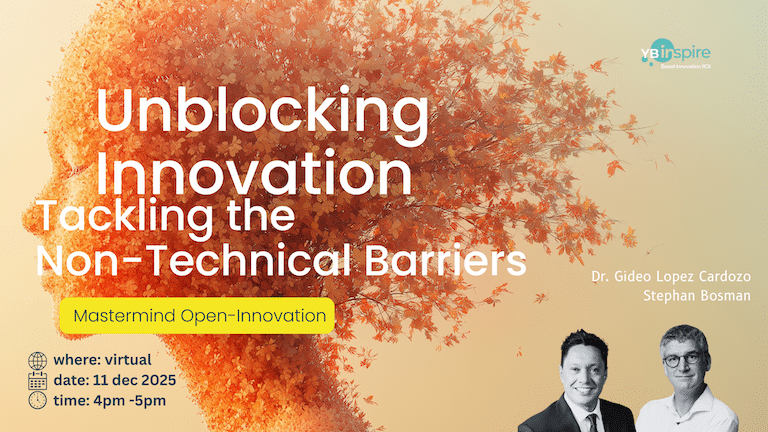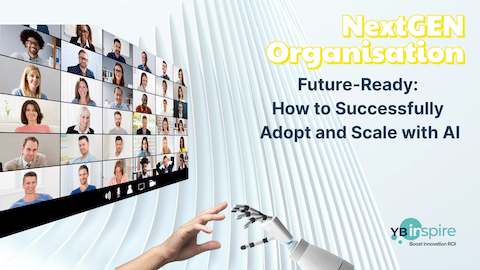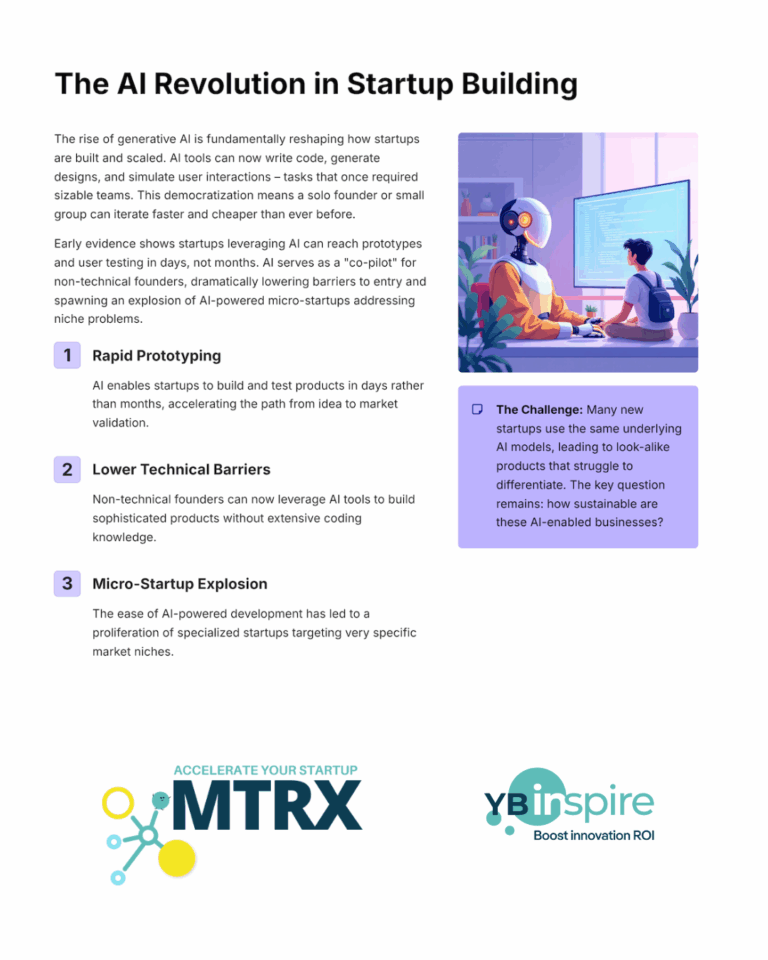The Seventh Wave: AI Revolution and the Future of Human-AI Synergy
Based on the article “The Seventh Wave: How AI Will Change the Technology Industry” by Forrester and a supporting internal PDF resource.
As we enter the most transformative era of technological advancement, Artificial Intelligence (AI) emerges not merely as a tool but as a revolutionary force—ushering in what industry experts call the “Seventh Wave” of technological change. From generative AI to agentic AI, this wave will redefine business models, reshape industry dynamics, and enhance human-AI synergy across every sector.
What Is the “Seventh Wave” of AI?
Historical Tech Waves and Their Disruption
The term “Seventh Wave” refers to the latest in a sequence of major tech revolutions—preceded by milestones such as the personal computer (PC), the internet, cloud computing, and mobile. Each wave brought disruption and innovation, often replacing industry giants with more agile newcomers. This new AI wave carries even more potential to reshape industries, powered by two critical innovations:
Generative AI – AI that creates text, images, code, and more.
Agentic AI – AI that can act autonomously to achieve goals, not just respond to commands.
These capabilities are not incremental—they mark a leap in AI’s strategic importance and economic value.
Why the AI Revolution Is Different
The Role of Generative and Agentic AI
Generative and agentic AI systems introduce a new paradigm in how businesses operate. They go beyond automation to enable creativity, decision-making, and autonomous action. Together, they unlock:
Faster software development with tools like TuringBots.
Smarter operations that learn and adapt in real-time.
Reduced dependency on low-code/no-code tools and external consultants.
This isn’t just another upgrade. It’s a fundamental shift in how value is created and delivered.
AI’s Impact Across the Tech Landscape
1. Enterprise Software: From Friction to Flexibility
Post-COVID price hikes and rigid enterprise platforms have created friction. AI-native software changes the game:
Cheaper and better alternatives are emerging rapidly.
AI agents can autonomously manage and update structured data.
Platforms will adapt without expensive customization or human intervention.
CIOs now face a critical choice: stick with legacy vendors faking AI, or delay until true AI-native solutions mature by 2026–2027.
2. Hardware: Accelerating the Shift to AI Infrastructure
The AI wave demands massive computing power, accelerating a shift from CPUs to GPUs and specialized AI chips. Key trends include:
NVIDIA’s dominance for at least another year.
8–10% compound growth expected in cloud and hardware over the next five years.
AI workloads reshaping data center architecture and endpoint devices.
3. Technology Services: Whiplash and Opportunity
Legacy IT service models will shrink. Instead, the new frontier lies in:
AI migration expertise (e.g., Cognizant, Capgemini).
Integration of AI systems into legacy infrastructure.
A projected 5–6% growth rate in tech services driven by AI demand from 2026–2030.
How Legacy Companies Are Responding
Strategies to Survive the AI Tsunami
Legacy companies are not standing still. Many are deploying strategies inspired by Clayton Christensen’s “The Innovator’s Dilemma”:
| Strategy | Description |
|---|---|
| Buy | Acquiring startups to neutralize threats. |
| Block | Leveraging regulation and lobbying. |
| Pretend | Rebranding existing products with superficial AI features. |
| Link | Integrating legacy products with new AI systems. |
These tactics allow legacy vendors to stay relevant long enough to pivot or acquire the real innovators.
Favorable Market Conditions for Incumbents
Current conditions give legacy players an edge:
Private equity and VC markets are saturated with illiquid pre-AI assets.
These assets must be cleared before new funding reaches AI-first challengers.
Incumbents can use cash reserves to delay disruption.
Big Tech and the Seventh Wave
Google (Alphabet): Reinventing Search
Google faces a direct threat to its core product: indexed search. To remain dominant:
They’re integrating generative AI into search and advertising.
Defensive strategies include acquisitions and bundling AI into existing services.
Google benefits from deep AI expertise and a powerful cloud infrastructure.
Meta: Data-Rich but Facing Trust Gaps
Meta owns one of the world’s largest pools of user data—perfect for training AI. But it must contend with:
Newer social AI platforms that prioritize trust and relevance.
A strategy focused on linking existing advertising systems with new AI layers.
Expect aggressive investment, rebranding, and user retention tactics.
Amazon: Leading the AI Commerce Race
Amazon is uniquely positioned to dominate AI-powered e-commerce:
AI will shift retail from search-based models to hyper-personalized, proactive interfaces.
Amazon will rely on its cloud and retail dominance to launch AI-native services.
Expect acquisitions and infrastructure reinvestment to stay ahead.
The Future of Human-AI Synergy
Enhancing Human Potential Through AI
The goal of AI is not to replace humans—but to enhance them. True human-AI synergy requires:
Easy-to-use interfaces.
Complementary roles where AI augments human strengths.
Clear, intuitive communication between humans and intelligent systems.
Ethics, Transparency, and Trust
Ethical AI development is a top priority:
Ensure algorithmic fairness and reduce bias.
Design transparent decision-making mechanisms.
Build accountability frameworks to maintain public trust.
Preparing the Workforce for the AI Era
Future-proofing talent means:
Upskilling in critical thinking, creativity, and digital literacy.
Embracing continuous learning models.
Adapting education systems to support AI-enabled work environments.
Conclusion: How to Ride the Seventh Wave
Key Takeaways for CIOs and Tech Leaders
Beware vendors using AI as a marketing gimmick.
Evaluate readiness for AI-native ERP, CRM, and finance platforms—expected by 2026–2027.
Invest in AI strategy, training, and leadership literacy now.
For CEOs: Evolve or Fade
Leaders must avoid becoming “zombie” companies—alive but irrelevant. Those who:
Embrace AI-first thinking,
Adapt business models,
And cultivate human-AI collaboration
will thrive in the age of AI.
Final Thoughts: Embrace the AI Revolution
The Seventh Wave is more than a trend—it’s the defining force of the decade. Whether in software, hardware, services, or workforce transformation, AI is rewriting the rules. Organizations that proactively adapt will not only survive—they’ll lead.
This article draws from Forrester’s original insights and complementary research to map a clear path through the AI revolution. The future belongs to those who ride the wave, not those who resist it.
Link to the article:
The Seventh Wave: How AI Will Change The Technology Industry
Link to the PDF: CEO insights how AI will Change Tech
